Portrait of Johann Harms 1916
by Egon Schiele
The subject of Egon Schiele’s portrait is Johann Harms, his father-in-law. The painting demonstrates Schiele’s sympathy for the 73-year-old man, a retired machinist with the Austrian railway. Although a family portrait, it conveys a somber monumentality. With a stateliness that transcends its subject, the painting is reminiscent of papal portraits by Raphael or Titian. The...
- Credit:
- Courtesy of Wikimedia Commons
More from this artist...
Loading...
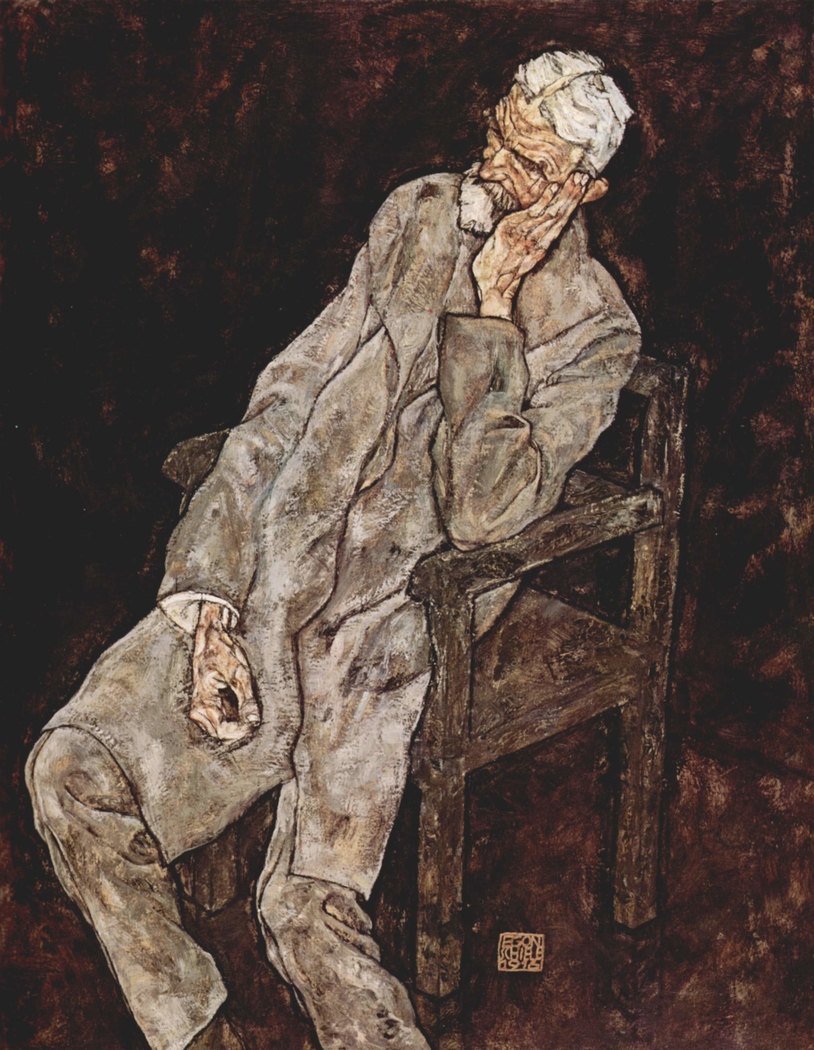




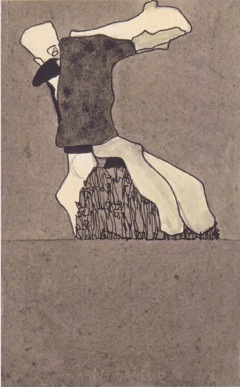
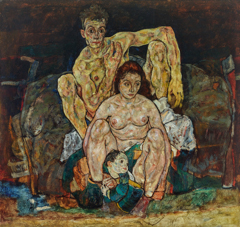
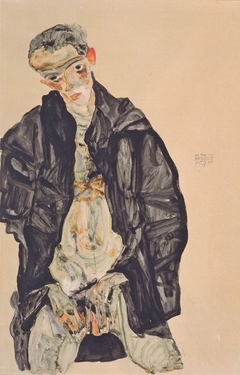
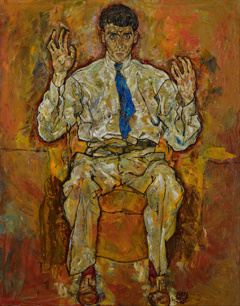

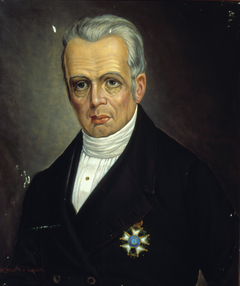
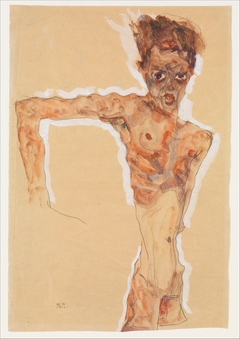
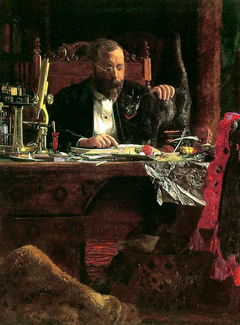
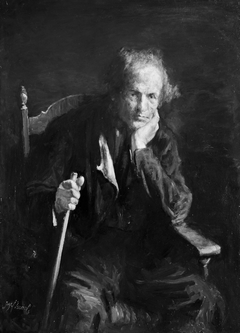

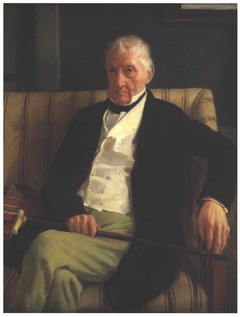


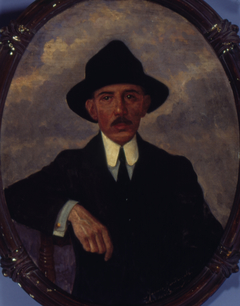
Discussion